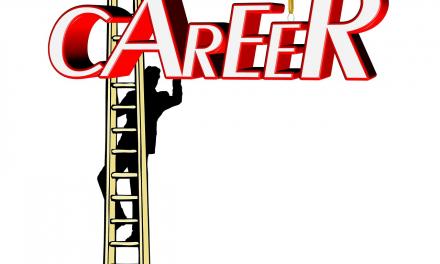The art and design industry is incredibly diverse, yet no matter the specific niche one thing is universal – entrants to this industry must work their way up.
Even where further education has been followed, junior posts are the generic starting point to prove your mettle and demonstrate creative flair and imagination.
Imagination, creativity and artistic flair will take you far in this realm, yet you must be prepared for ad-hoc working hours, pressure and working as part of a well-oiled machine.
Here we’re going to look at five popular career paths for art and design students.
Web designer
Employment of web developers is projected to grow 20 percent from 2012 to 2022, faster than the average for all occupations. Demand will be driven by the growing popularity of mobile devices and ecommerce.
Web designers are in high demand, and as the internet will only ever become more important for modern businesses, this demand will increase.
Web designers can fall into a number of categories – whilst some provide design services only (usually working within a studio amongst a large team) most will offer this service and the onward development to bring the design to life.
Web design can be self-taught (although it’s a long and arduous road when going it alone) or, as is usually the case, and given the expanse and complexity of the profession, most web designers will pursue Higher Education, either through A2 levels and then onto University, or via an apprenticeship.
Graphic designer
Graphic designers design and develop visual concepts, this could involve logos, brochures, artwork or business stationary.
Typically, graphic design positions are roles that involve many duties, such as:
- Working with a creative brief provided by a client
- Developing design concepts to meet the specified brief
- Using a varied range of mediums to showcase their ideas, such as sketches, photos, wireframes and digital designs
- Editing, tweaking and amending a design from client feedback
- Presenting concepts and the final design
Similarly to becoming a web designer, graphic designers tend to follow the route of Higher Education and/or apprenticeships.
Florist
Floristry is an entry level career that can be entered into as a school leaver (although a good base of English and maths skills are also required); floristry attracts an average salary that ranges between £10,750 and £20,000 for 40 hours per week.
As well as creating and designing bouquets, a florist would also be involved in general business tasks, flower maintenance, order processing and setting up attractive in-store displays.
There are also Floristry Apprenticeships that allow you to earn while learning and speeding up your progression.
Interior designer
Interior designers can earn between £18,000 and £45,00 per year, in a role that could involve:
- Meeting with clients to understand their needs
- Developing designs and mood boards that explore potential designs
- Working within a budget
- Managing other professionals and suppliers
- Creating detailed drawings
- Sourcing fittings, furniture, fabrics and wall and floor coverings
Due to the diverse range of skills involved, such as 3D design, spatial design and interior architecture, this career often demands Higher Education training, although entry positions such as design assistant can allow for school leavers to work their way up through the ranks (in which case paid or unpaid work can boost the chances of landing what are usually highly sought-after positions).
Freelance… anything art and design
Today, there are 1.4 million British freelancers working across all sectors, vast swathes of which are creatives; this staggering figure represents a growth of 14% over the course of the last 10 years.
Graphic designer, web designer, photographer, illustrator, fashion designer – you name it, chances are there are plenty of creatives who have chosen the freelancing option for their career path.
This flourishing market of workers are tapping into the pools of clients that can be found on websites such as People Per Hour, UpWork and Freelancer, and are doing it for themselves, often being able to self-teach whilst learning on the job.










